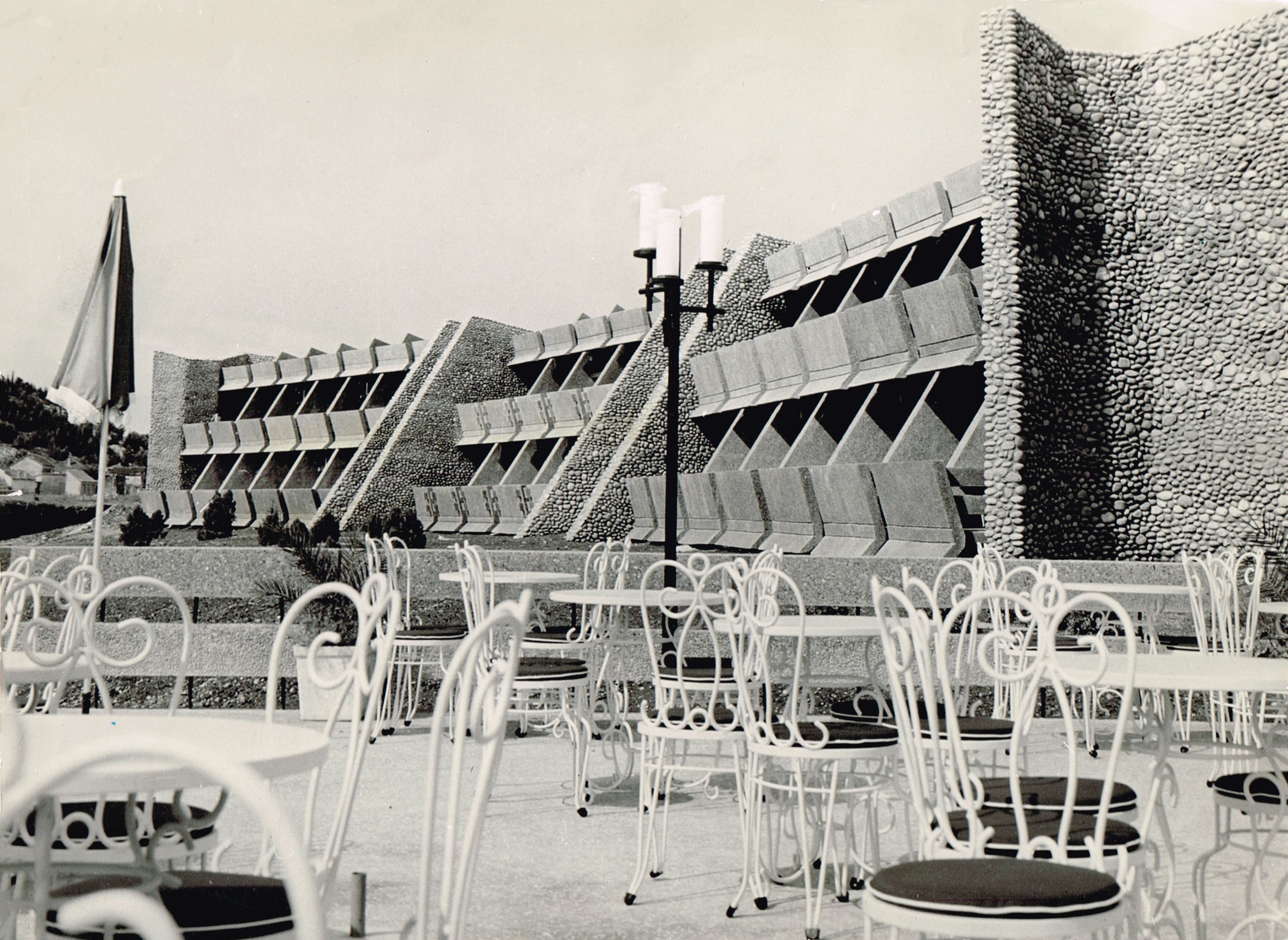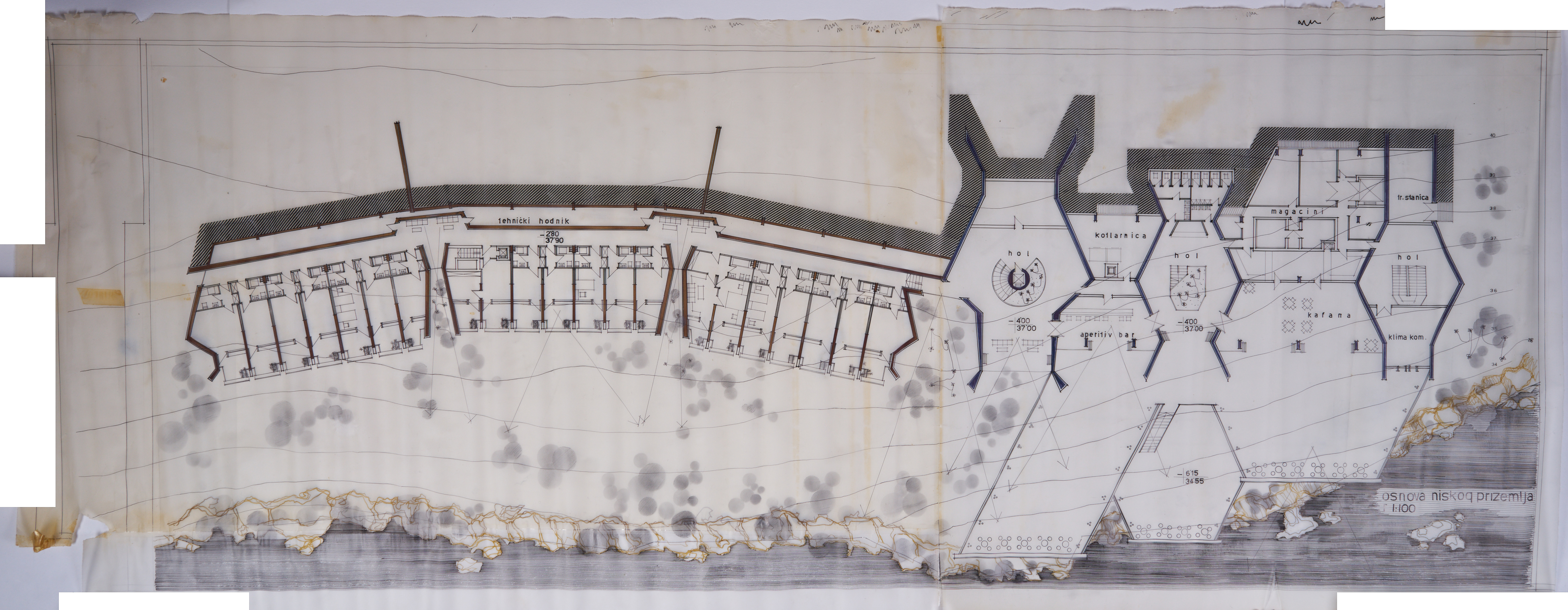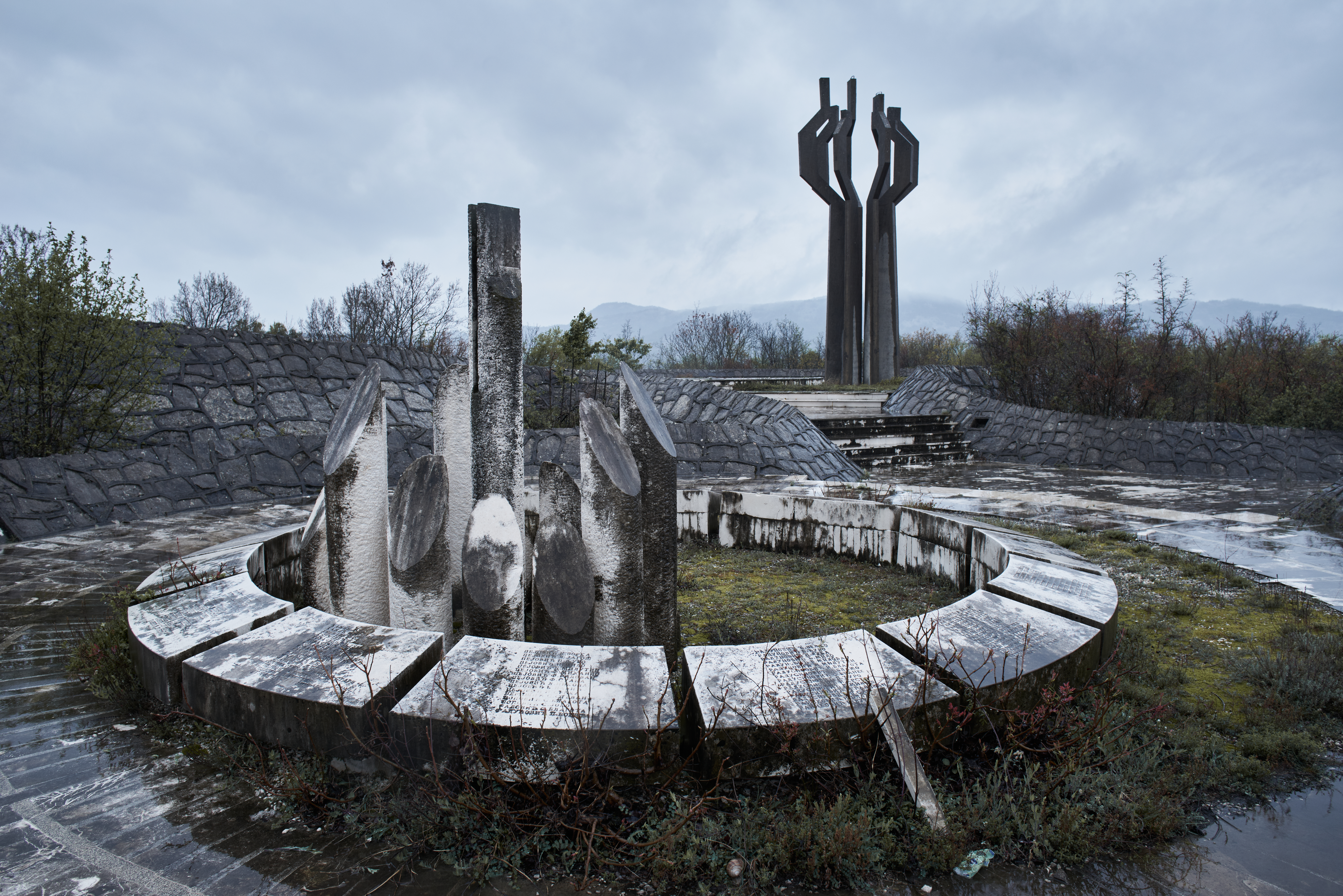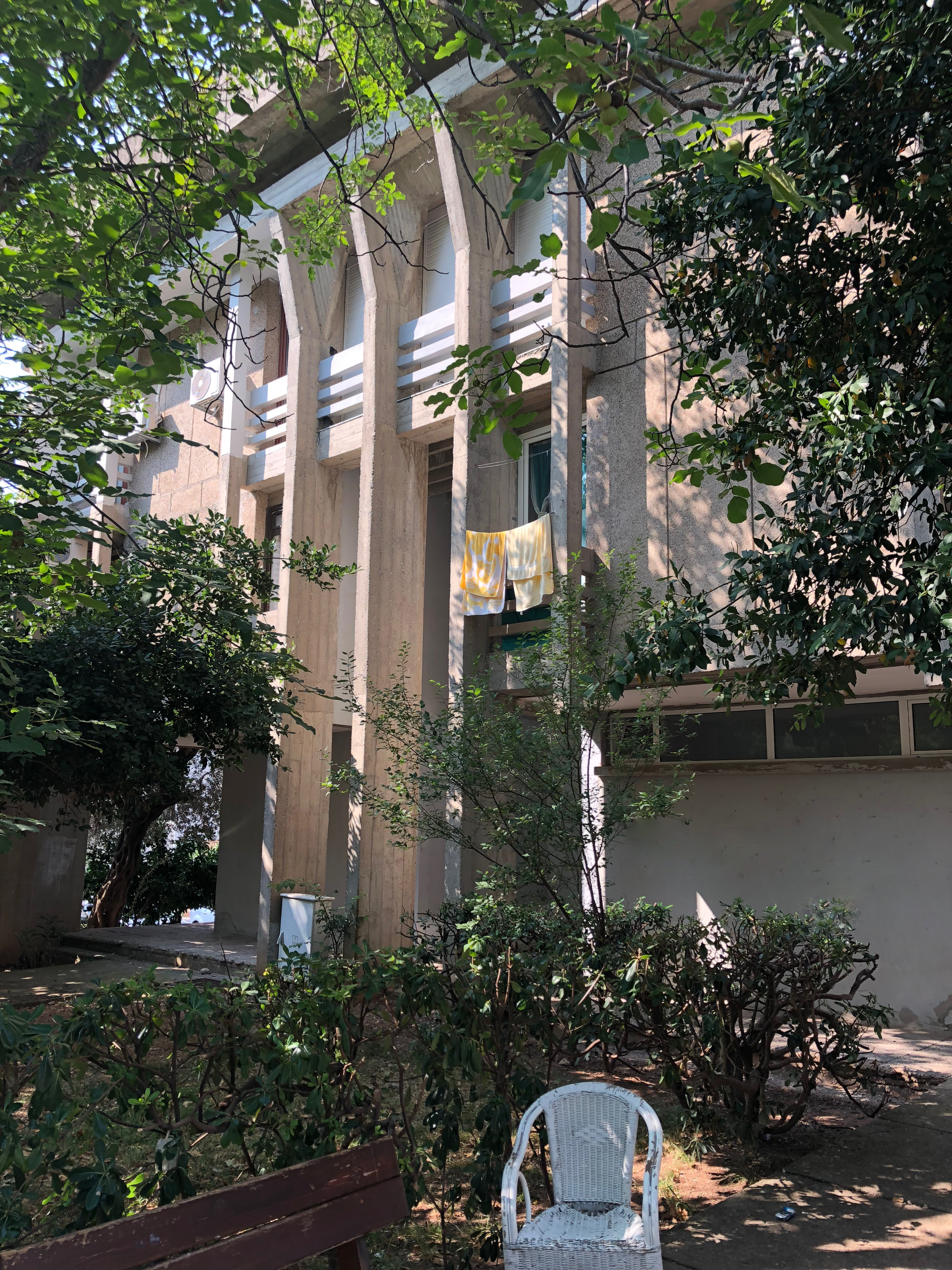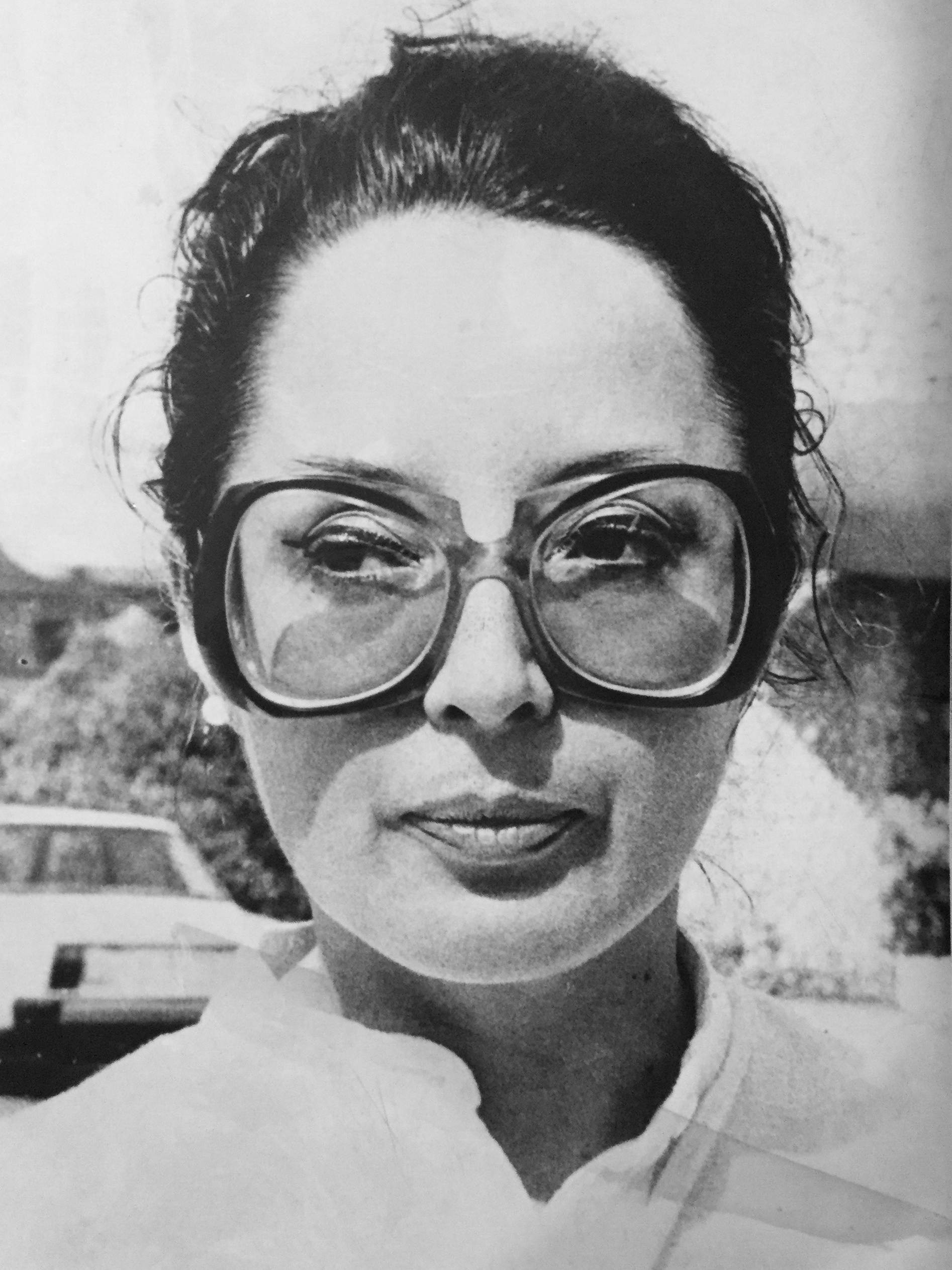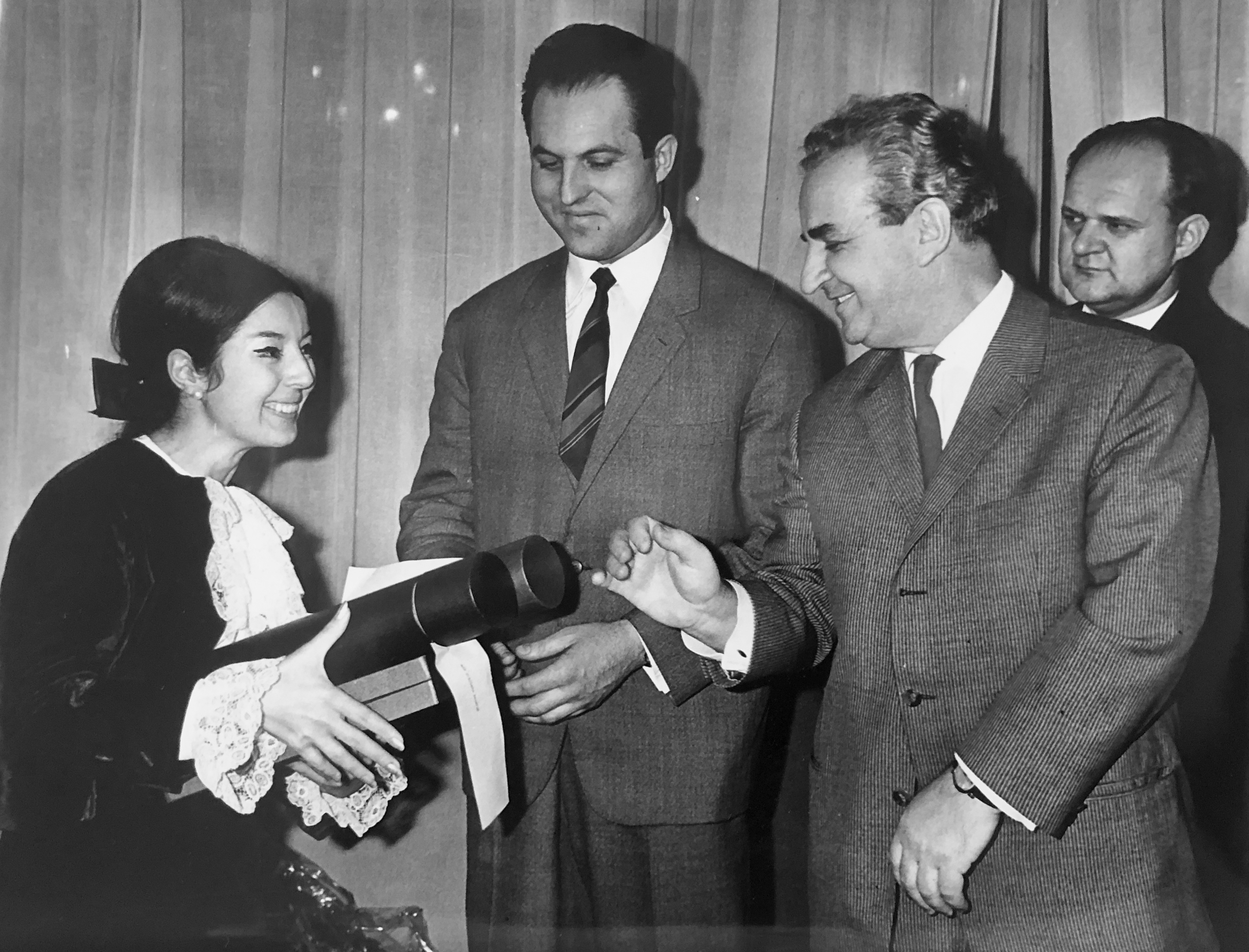SKIRTING THE CENTER: SVETLANA KANA RADEVIC ON THE PERIPHERY OF POSTWAR ARCHITECTURE
Collateral Event of the 17th International Architecture Exhibition – La Biennale di Venezia
Our partner institution APSS Institute is organizing the exhibition at the 17th La Biennale di Venezia: SKIRTING THE CENTER: SVETLANA KANA RADEVIC ON THE PERIPHERY OF POSTWAR ARCHITECTURE with Dijana Vučinić and Anna Kats as curators.
The extensive built work, almost completely unknown internationally, of a celebrated Montenegrin and Yugoslav architect to be brought to light at the Biennale Architettura 2020.
Svetlana Kana Radević (1937-2000), among the most prominent architects in socialist Yugoslavia, will be the subject of a retrospective, the first exhibition to survey the anti-fascist memorials, hotels, residential projects, and civic buildings that are among the highlights of her hybridizing ouevre. Celebrated for its deft synthesis of local materials and international Brutalist tendencies, as well as a generosity of proportions and informal spaces for leisure and exchange, Radević’s architecture embodied the egalitarian ambitions of the Yugoslav welfare state much as it reflected her transnational professional trajectory: she ran her namesake atelier in Montenegro even as she lived between Philadelphia, Tokyo, and Podgorica during the 1970s and 1980s. Skirting the Centerwill show original drawings, photographs, and correspondences from her personal archive, a trove of recently-recovered materials that make it possible to contextualize and historicize an exceptional, if overlooked, figure of postwar architecture.
Radević remains the only woman and, at 29, the youngest architect to ever win the prestigious Borba Architecture Prize, socialist Yugoslavia’s highest architectural honor, which she received in 1968 for her first built work, the Hotel Podgorica (1964-1967). By 1972, when she moved to Philadelphia on a Fulbright fellowship to study with Louis Kahn at the University of Pennsylvania, she was already the rare female architect to command a profile of national prominence in Yugoslavia and a fixture of the country’s architectural star system. Radević initially visited Japan while working on a Ph.D. in Architecture at the University of Pennsylvania—one of the first women in North America to pursue doctoral study in the field—and moved in the late 1970s to Tokyo, where she worked with Kisho Kurokawa the following decade.
The previously unseen materials in Radević’s personal archive reveal an architect who mediated between geopolitical and societal registers: regionally, negotiating between vernacular building tradition and the globalizing tendencies of late modernism; nationally, designing celebrated civic spaces and social condensers that facilitated a progressive public sphere between the socialist state and its citizenry; and internationally, articulating a decentered, post-colonial axis by which the Montenegrin architect simultaneously and seamlessly worked between Yugoslavia, Japan, and the United States.
Skirting the Center, curated by Dijana Vučinić and Anna Kats, aims to significantly expand Radević’s representation within the architectural canon by exhibiting the highlights of her built work for the first time: the Hotel Podgorica (1964-1967) and the Hotel Zlatibor (1979-1981), which made socialist luxury broadly accessible to both locals and foreign visitors, who commingled on expansive terraces with picturesque views; the Petrovac Apartment Building (1968), with its sculptural façade and generous apartment plans; as well as the Monument to Fallen Fighters at Barutana (1980), a sculptural memorial landscape that commemorates local anti-fascist fighters. In its revisionist scope, the project expands upon research initiated as part of Toward a Concrete Utopia: Architecture in Yugoslavia, 1948-1980 at the Museum of Modern Art, New York, which featured several key projects by Radević in its survey of the country’s architectural production.
“Radević subverted hierarchies that privilege cosmopolitan centers over provincial peripheries by locating her personal practice in Montenegro. Yet her architecture was ultimately supranational, simultaneously digesting vernacular building traditions as well as her global study and work experience. By seeking to re-center her historical figure, long relegated to the peripheral fringes of modern architecture’s normative history, this exhibition recovers her distinctive role as a negotiator of the spatial contract—between state and citizenry, between center and periphery—as a case study in facilitating social consensus and cultural exchange for contemporary practitioners,” the curators noted.
The exhibition is supported by the President of Montenegro, the Municipality of Podgorica, and numerous private companies from Radević’s hometown of Podgorica.
About the curators:
Dijana Vučinić is a practicing architect, founder of an interdisciplinary practice DVARP and research and educational platform APSS Institute. Her work is based on research on post-transitional city and interactive contemporary city ambience as well as urban and rural conditions in the developing touristic areas on Montenegrin coast and in the mountains. She was a commissioner for Project Solana – Montenegro pavilion at Biennale Architettura 2016 and co-curator of the exhibition Treasures in disguise – Montenegro Pavilion at Biennale Architettura 2014.
Anna Kats is an architectural historian, curator, and writer who focuses on modernist patrimonies in the former Soviet Union and socialist Yugoslavia. She currently serves on the curatorial team in the Department of Architecture and Design at the Museum of Modern Art, New York, where she worked on the recent exhibition Toward a Concrete Utopia: Architecture in Yugoslavia: 1948-1980, which featured Radević’s previously unseen drawings. She frequently contributes to Artforum, Architectural Review, and Metropolis, where she is Contributing Editor.
About the organizing institution: APSS Institute is a non-profit organization founded in Montenegro that serves as a platform for architecture and design thinking and development focusing on several conditions, including the shift in post-war cities of Yugoslavia and urban conditions under transition in coastal cities in Montenegro. It seeks to redefine the approach to urban planning and design in the region and improve architectural education in Montenegro. With its summer program APSS has established the small Montenegrin town of Kotor as an international hotspot for architectural thinking, and advanced the debate on decaying places of the recent past as well as their possible futures. Over the years it has carried out many programs including workshops, symposia, and debates.
Press contact: Katarina Milačić, katarina@strategist.co.me
For further information: www.kanaradevic.me

